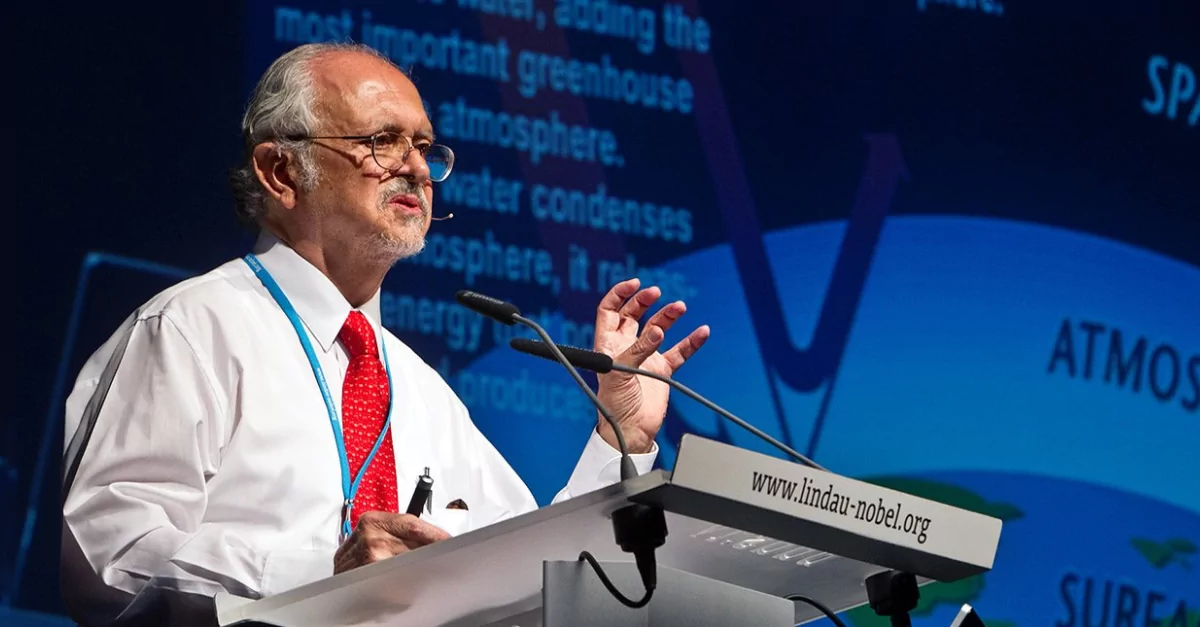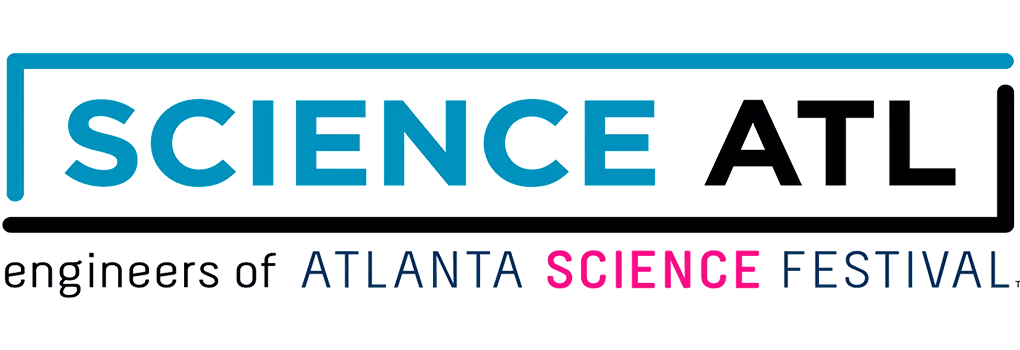Hispanic Heritage Month: Mario Molina

Credit: Cultura Colectiva
National Hispanic Heritage Month is observed from Tuesday, September 15 – Thursday October 15. To celebrate the many diverse cultures and contributions, Science ATL is highlighting Hispanic/Latino accomplishments in STEM fields.
Meet Mario Molina
José Mario Molina-Pasquel y Henríquez, known as Mario Molina, was born in Mexico City in 1943 and always wanted to be a chemist. He grew up to be a scientist whose research helps protect the Earth. In 1974, Dr. Molina and his colleagues discovered the environmental danger of a type of human-made chemical found in spray cans, refrigerators, cars, and other products. When they are used, these chemicals, called chlorofluorocarbons (CFCs), float up into layers in the atmosphere. Over time, the CFCs created a hole in the ozone layer, which protects the earth from the harmful ultraviolet rays of the sun.
Dr. Molina and colleagues were the first to realize that CFCs were damaging the ozone layer, leaving people more in danger of sunburn and skin cancers and animals at risk of losing sources of food. Over the next few decades, Dr. Molina advocated for regulations on Freon, the most commonly used CFC. They were officially regulated worldwide in 1997 and banned by 2000. Dr. Molina and colleagues were awarded the Nobel Prize for Chemistry in 1995. Read more about Dr. Molina’s life and research.




